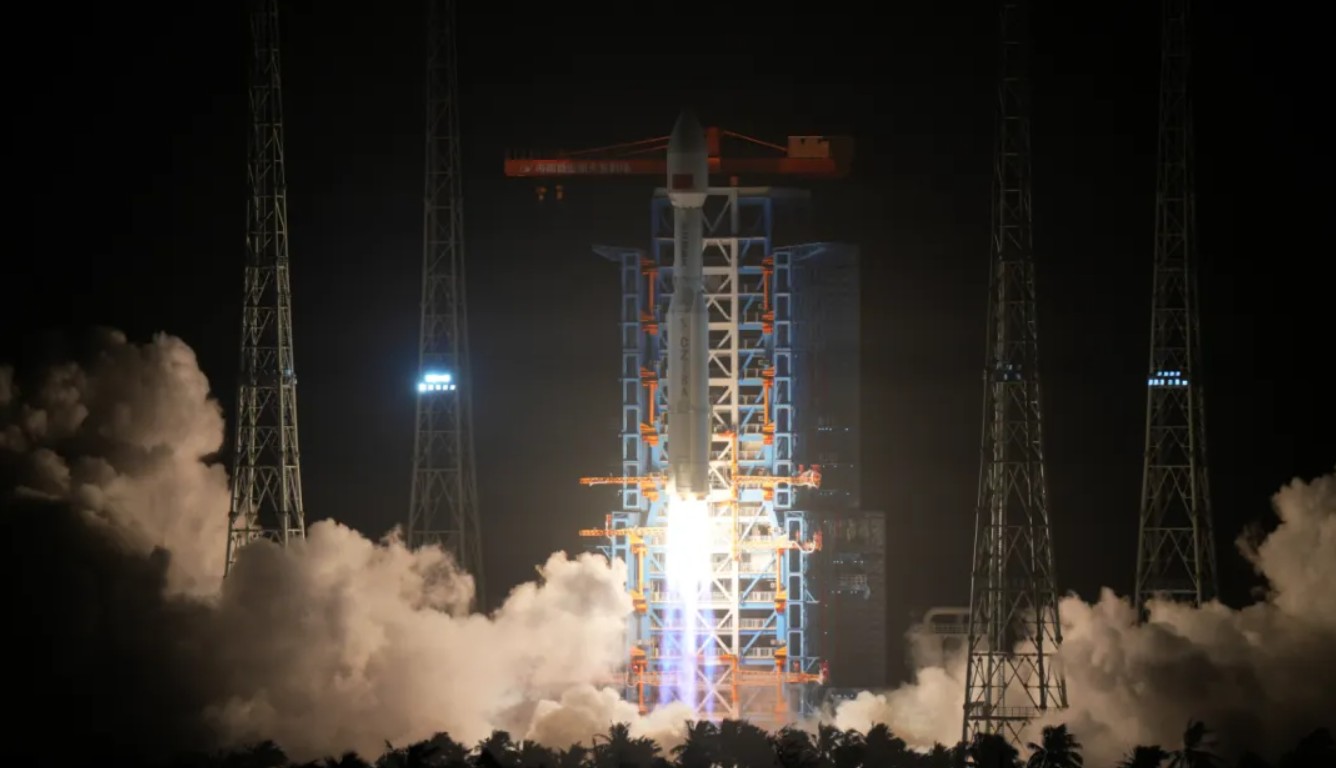
HELSINKI — China has moved to promote direct-to-device (D2D) services through issuing guidelines and licensing a telecommunications firm, signaling a strategic push into a globally competitive arena.
The Ministry of Industry and Information Technology (MIIT), which oversees China’s industrial policies and standards, issued its “Guiding Opinions on Optimizing Business Access to Promote the Development of the Satellite Communications Industry” in late August.
The guidelines explicitly support phone direct-to-satellite services, encourage partnerships between telecommunications giants and satellite firms, and commercial trials for Internet of Things (IoT) services. They also outline a “no SIM swap, no number change” model, and calls for large-scale application of services by 2030, by which it aims for more than 10 million satellite comms users.
State media Xinhua reports that the guidelines state that the country “will support the accelerated development of low-orbit satellite internet, promote the application of direct satellite connection for mobile phones and other terminal devices, encourage the exploration of new satellite communication businesses, and expand market access for private enterprises.”
Following this, MIIT granted a license Sept. 9 to telecommunications firm China Unicom to operate satellite mobile services, positioning it to offer direct-to-phone satellite connectivity.
China Unicom is one of three telecommunications giants. China Telecom was already licensed and operating D2D services through the Tiantong geostationary satellite system, with services in Hong Kong and Laos. The third, China Mobile—the world’s largest mobile operator—is reported to have applied to MIIT for its own authorization.
The development fits into China’s broader satellite internet push, initiated in the early 2020s as a “new infrastructure” and its space sector strategy. The country is also constructing the Guowang low Earth orbit megaconstellation, often referred to as China’s Starlink counterpart, and the Qianfan, or Thousand Sails, constellation, backed by Shanghai.
The guidelines state that telecom operators will be encouraged to expand high-speed data services based on voice and short message services based on low-orbit satellite Internet, promoting the integrated development of space and ground information infrastructure.
MIIT says China will pool industry resources to jointly build an open, shared, and space-ground integrated satellite communications standards system. It adds that the country will also actively participate in international and regional standards organizations, including the International Telecommunication Union (ITU) and the Third Generation Partnership Project (3GPP).
The moves follow the release of comprehensive regulations for D2D services in April, with seven government departments issued a notice titled “Regulations on the Management of Terminal Equipment Directly Connected to Satellite Services,” establishing the legal and technical groundwork for satellite connectivity aligned with national objectives.
That development followed the U.S. Federal Communications Commission (FCC) approving the world’s first direct-to-smartphone regulatory framework in March 2024. This is occurring amid widely international competition. As reported by SpaceNews earlier this week, Europe has kicked off a study to improve D2D services using satellite spectrum, following SpaceX inking a multibillion-dollar deal for space-approved frequencies to expand its own 5G services.



